A 60 strong audience at the Bridges Centre Monmouth heard the latest updates on the state of the lower Wye and Monmouthshire tributaries.
Presentations were given by FORW's Citizen Science Programme Manager and their Citizen Scientists and by Haberdashers Monmouth School on behalf of pupils who've been running a Citizen Science project this year. The audience also heard from Simon Evans of the Wye and Usk Foundation (WUF), Alex Crawley from Grazing Management, and from Catrin Maby on behalf of Monmouthshire County Council (MCC).
The evening was chaired by Peter Davey of Rotary Monmouth.
Citizen Science results showed a complicated picture of the rivers' water quality, with factors such as land use, soil type, and weather, as well as discharges from sewage works and other sources all having an impact. The extra data from the school's project showed consistency with existing testing sites above and below their sampling point, illustrating that Citizen Science results are repeatable between different observers and that its not necessary to be a trained scientist to obtain useful results.
The most striking result was the contrast between the Monnow, Trothy and main river Wye. On the Monnow, the clean headwaters flowing from the Black Mountains received phosphate enriched waters from the Worm Brook and River Dore. The impact of Pontrilas sewage treatment works (STW) was also particularly noticeable. It is hoped that improvements currently being installed there by Welsh Water will greatly reduce its phosphate input.
In contrast, the Trothy shows poor water quality and a lack of fish and insect life, with high phosphate levels and a persistent cloudiness. On the main river Wye, it was pleasing to see phosphate levels were generally just within the limits required by its special conservation status, though there was a clear increase as a result of the phosphate rich inputs from the Monnow, Trothy, and the sewage works at Monmouth and Newland.
Overall, the catchment has seen a slight downward trend in phosphate levels, but this contrasts with a significant upturn in turbidity of the water, almost certainly due to soil wash-off from fields left bare over the winter months. The resulting silt and sediment chokes off fish spawning beds, smothers vegetation and decreases the richness of insect life. It has also led to a significant increase in MCC’s drain clearing costs.
There was positive news from Alex Crawley, who farms at Old Lands near Dingestow, and spoke about the support he received from the estate and the benefits of conservation grazing. Alex is passionate about protecting soils and the environment. Simon Evans of WUF shared results from a survey in 2010-14 showing how trout were confined to two small tributaries of the Trothy and described some farms as 'black smokers' for their adverse impact on the catchment.
One of the most uplifting messages was hearing how Haberdashers School students had not only learned about the science behind river water testing, but had also gained an understanding and appreciation of their local environment.
Friends of the River Wye (FORW), with welcome assistance from Rotary Monmouth, organised the evening.
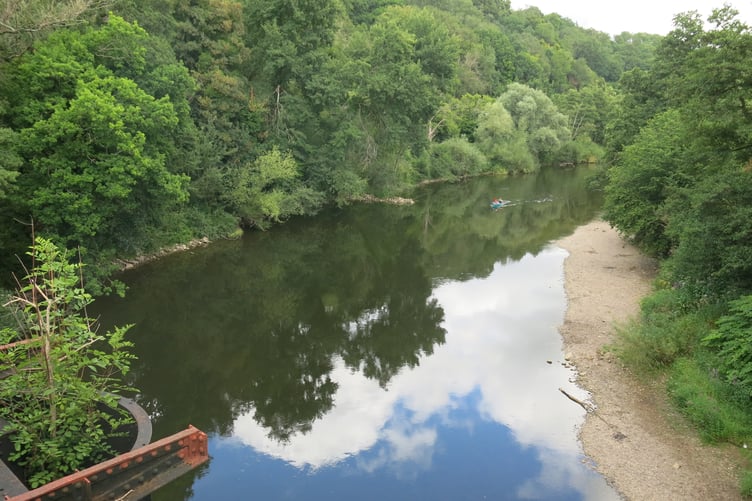
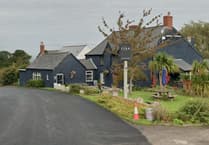
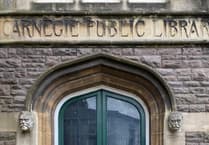
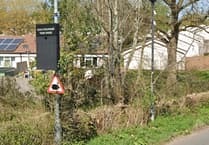
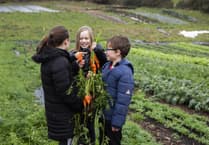
Comments
This article has no comments yet. Be the first to leave a comment.